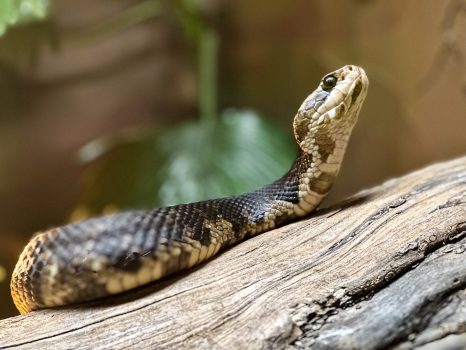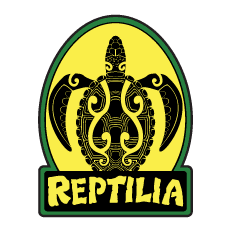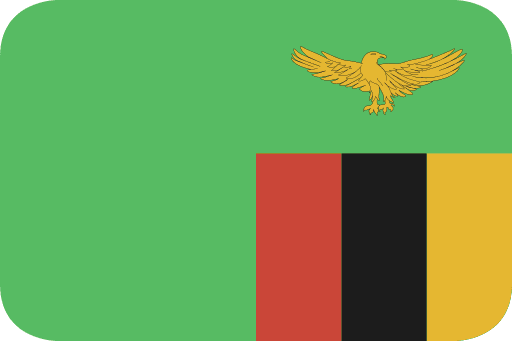Cottonmouth
Common Name: Cottonmouth
Scientific Name: Agkistrodon piscivorus
Names: N/A
Locations: Whitby & Vaughan

Diet
Cottonmouths are carnivorous and primarily feed on a variety of prey including fish, amphibians, reptiles, birds, and small mammals. They are known to be opportunistic feeders, consuming whatever prey is available in their habitat.
Average lifespan
In the wild, Cottonmouths typically live around 10 to 15 years, though they may live longer in captivity.
Size
Cottonmouths are medium to large-sized venomous snakes, with adults typically ranging from 61 to 120 centimeters (2 to 4 feet) in length.
Weight
Adult Cottonmouths can weigh anywhere from 500 grams to 2 kilograms (1.1 to 4.4 pounds), with females generally being larger and heavier than males.
About
Cottonmouths, also known as water moccasins, are native to the southeastern United States, particularly found in states such as Florida, Georgia, Alabama, Mississippi, Louisiana, and parts of Texas. They inhabit a variety of aquatic and semi-aquatic habitats such as swamps, marshes, rivers, and ponds.
Size and behavior
Cottonmouths are characterized by their dark-colored bodies with distinctive crossbands and a white or pale yellow underside, which gives them their common name “cottonmouth.” They are semi-aquatic snakes and are often found near water bodies where they hunt for prey and bask in the sun. When threatened, Cottonmouths may adopt a defensive posture, opening their mouths wide to display their namesake cotton-white interior.
Diet and nutrition
As ambush predators, Cottonmouths lie in wait for prey to pass by before striking with precision. Their venom is primarily used to immobilize prey, allowing them to swallow it whole. They have heat-sensitive pits on their heads that help them detect warm-blooded prey even in low light conditions.
Conservation status
The conservation status of Cottonmouths is currently of least concern. While they may face localized threats from habitat loss, pollution, and persecution in some areas, they are still relatively common and widespread throughout their range. However, like many snake species, they may be impacted by habitat destruction and human activities.
Fun fact
Cottonmouths are one of the few snake species in the United States that are capable of giving birth to live young instead of laying eggs. This reproductive strategy, known as viviparity, allows Cottonmouths to give birth to fully formed offspring, giving them a higher chance of survival compared to eggs which require incubation. Additionally, Cottonmouths are excellent swimmers and are often seen swimming with only their heads above the water, giving them the appearance of floating debris, which helps them ambush unsuspecting prey.
Call or visit your local Reptilia Facility to learn how you can adopt one of these amazing reptiles.










